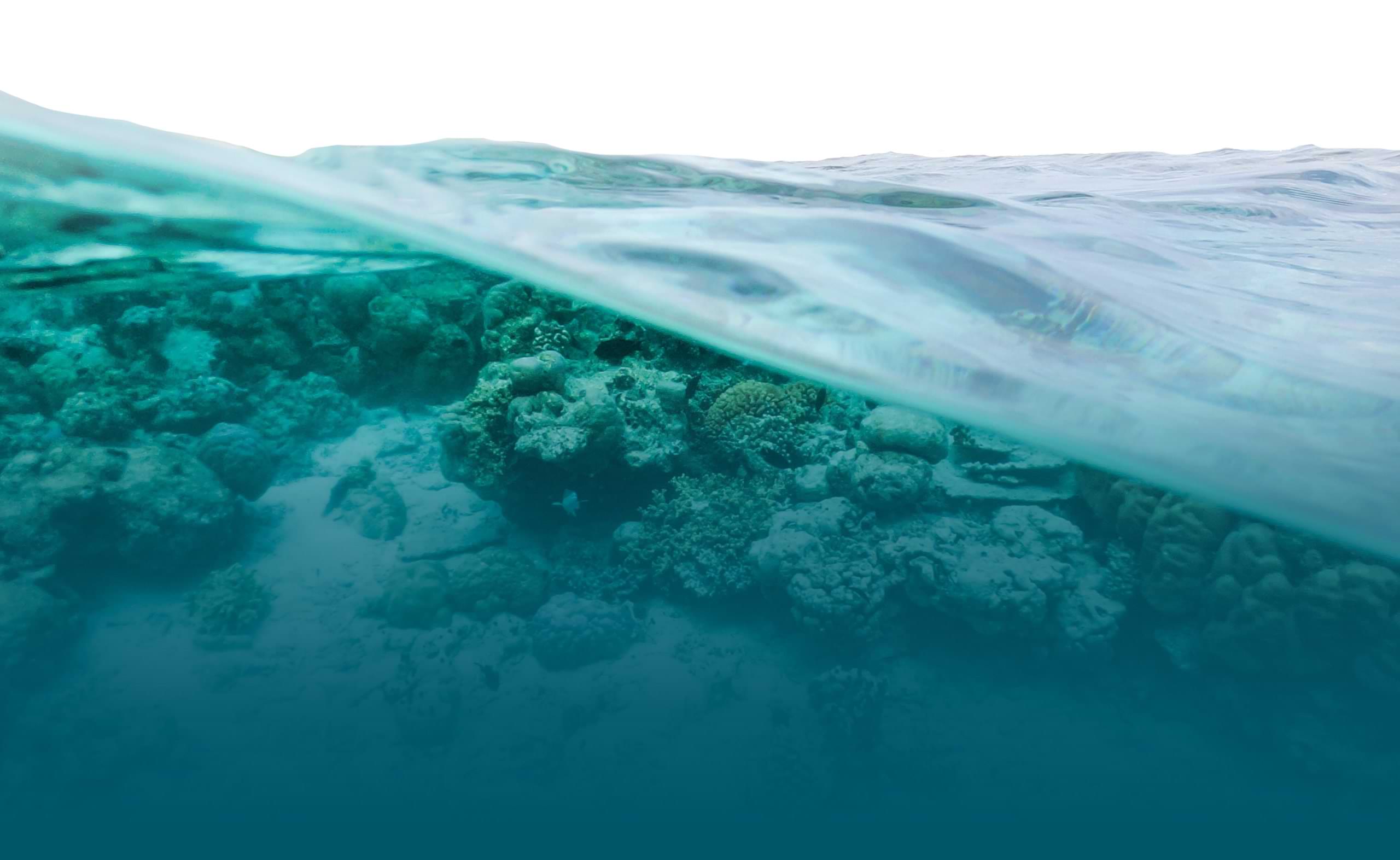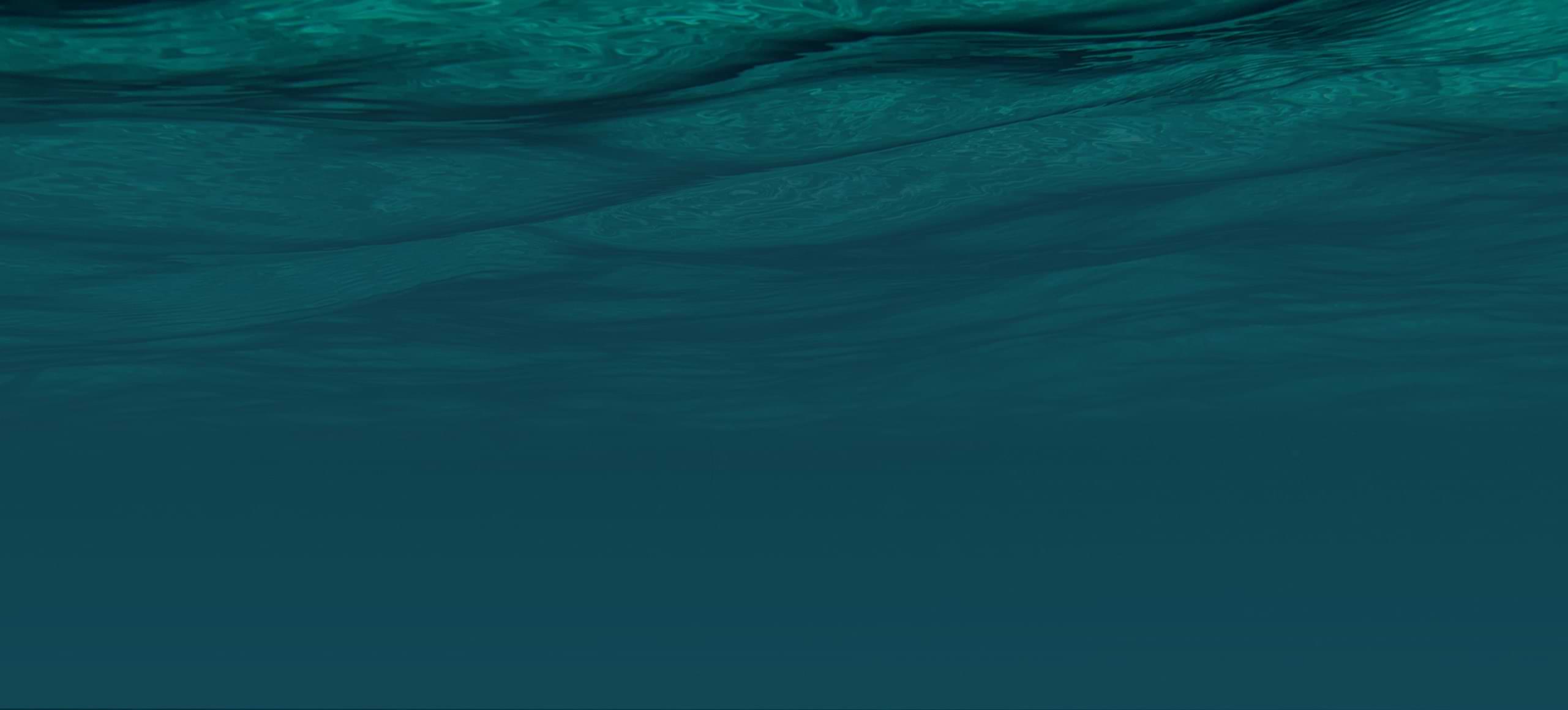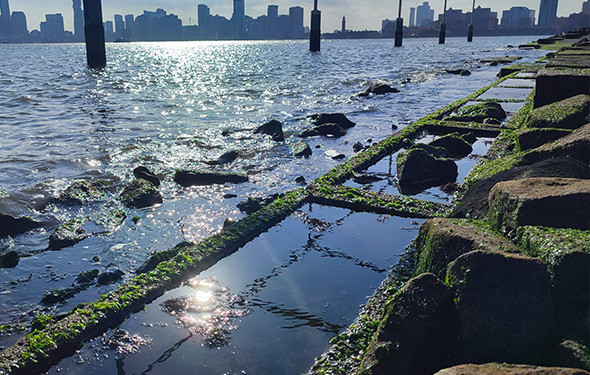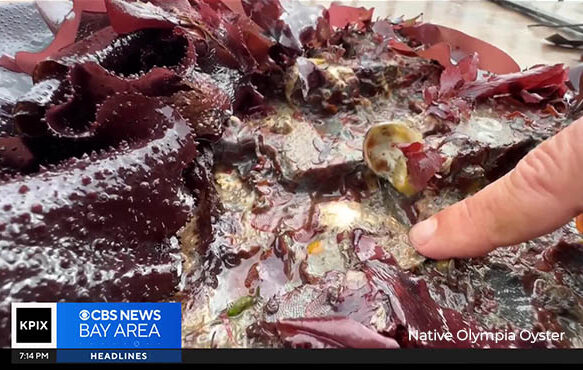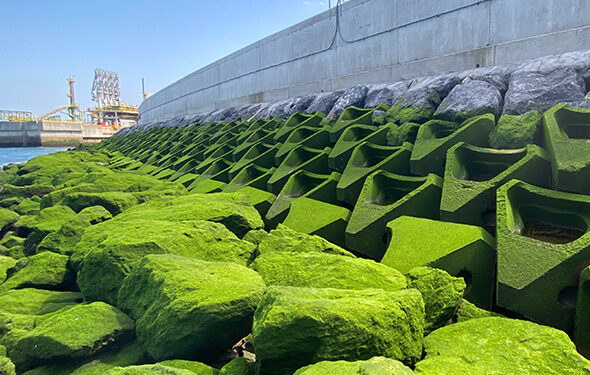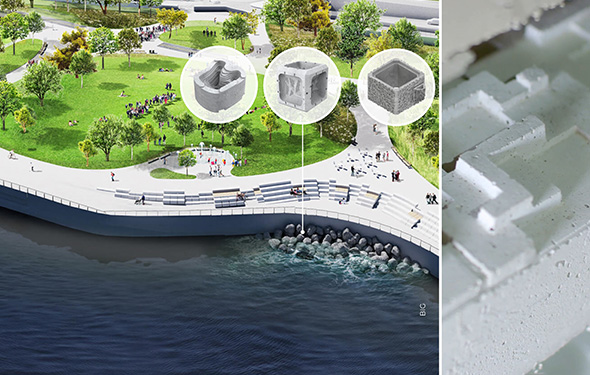
The Goal
Looking to achieve a balance between structural functionality, environmental features, and active recreation, the design for Gansevoort Peninsula was led by Hudson River Park Trust and Field Operations, with extensive community engagement to preserve and enhance aquatic habitat while promoting awareness and stewardship of the estuarine environment. Located in Hudson River Park Estuarine Sanctuary, Gansevoort Peninsula was designed to preserve and enhance the critical habitat of this thriving urban estuary ecosystem.
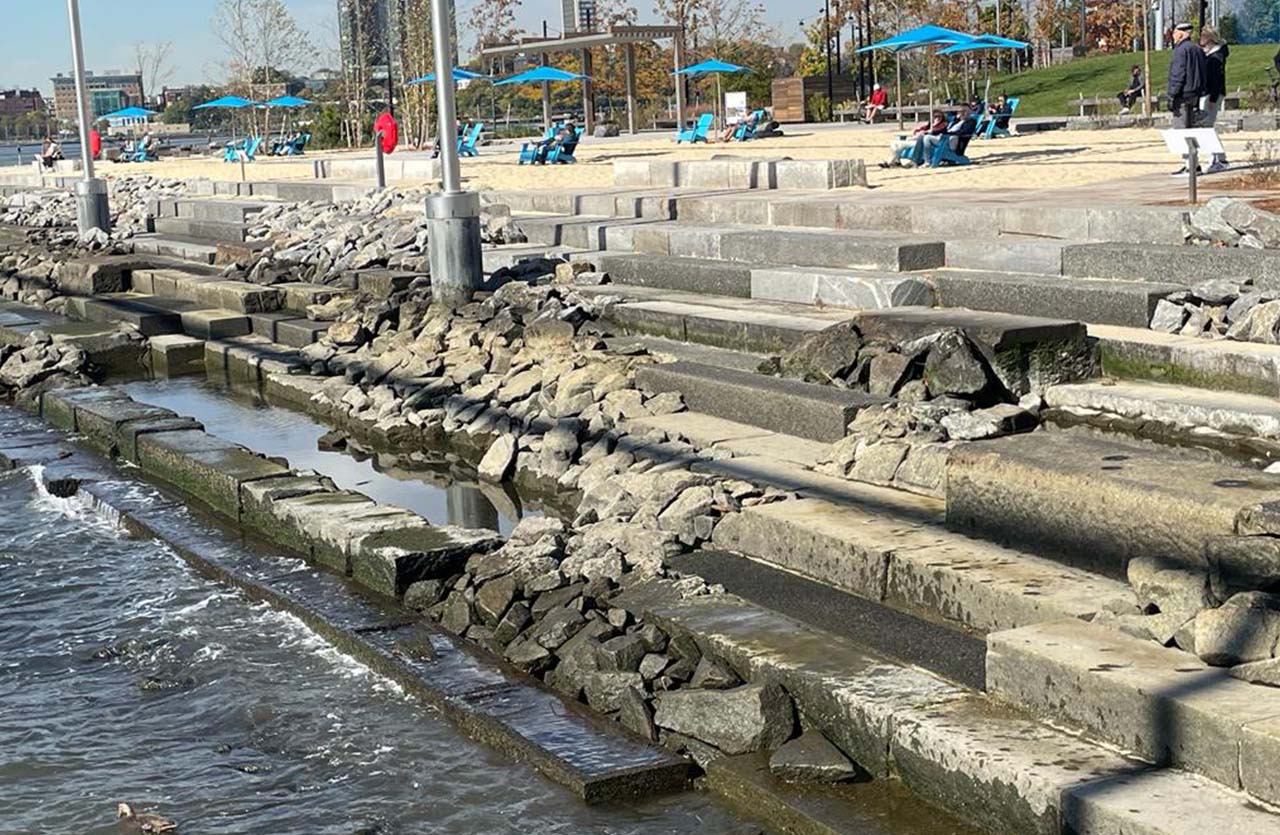
The Challenge
ECOncrete elements were built into a terraced shoreline to create different forms of tidal retaining features and encourage valuable intertidal habitat along the peninsula’s southern shoreline, improve resiliency and serve as an educational touchpoint for the public to learn about the environmental benefits of intertidal ecosystems. Other ecological features included Manhattan’s first salt marsh and recreational beach for the millions of visitors utilizing Hudson River Park.
How We Built It
Two different approaches were used to create intertidal habitat along the south facing shoreline. The first being the inclusion of rectangular precast tide pools placed alongside the natural stone steps creating the terraced shoreline, with the second approach placing large precast panels horizontally within a water tight cavity to create larger water retaining features throughout the intertidal area.
Both methods serve to encourage crucial marine habitats, while providing a fully structural solution for coastal resilience.
Some of our other New York Projects: East Side Coastal Resiliency, Brooklyn Bridge Park, Living Breakwaters, South Battery Park City Resiliency, Huron Street
